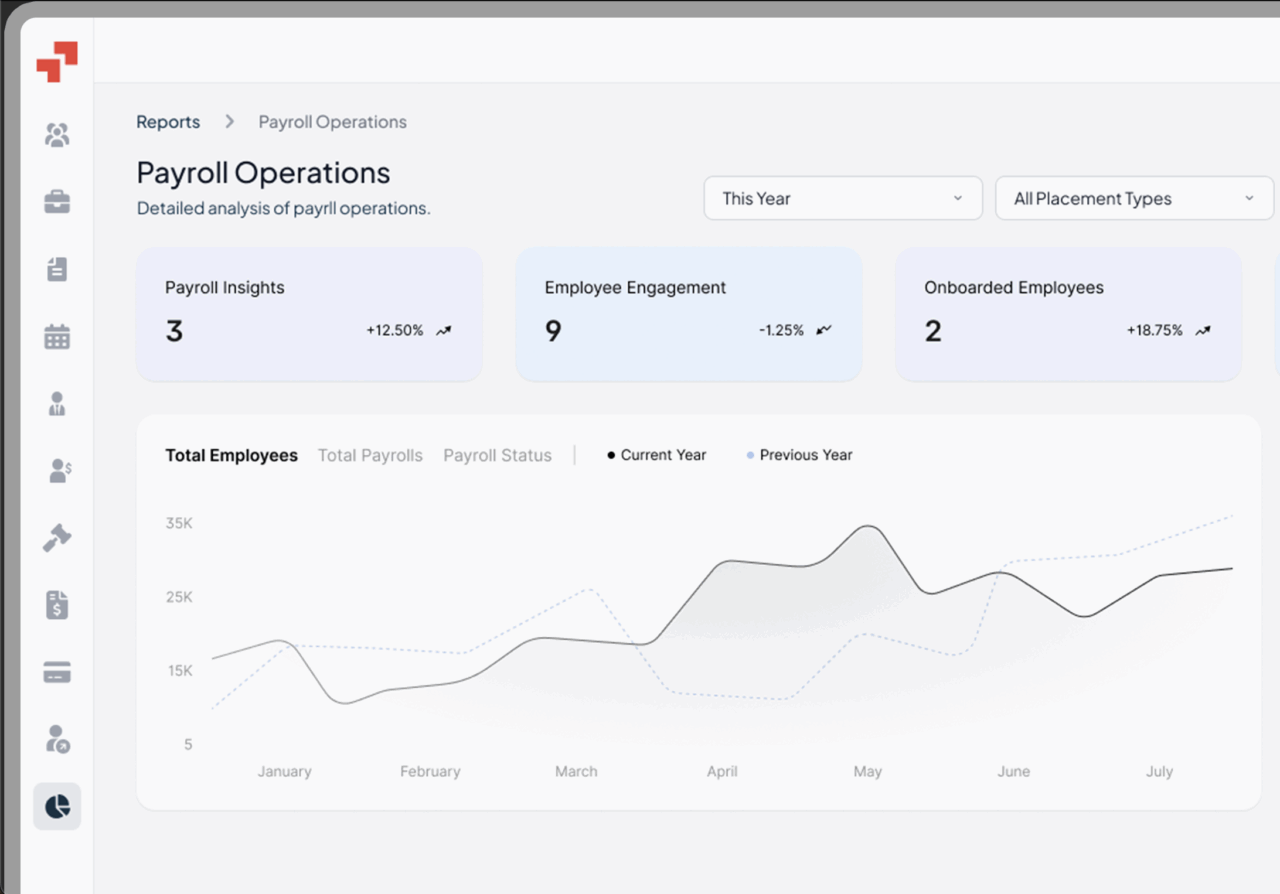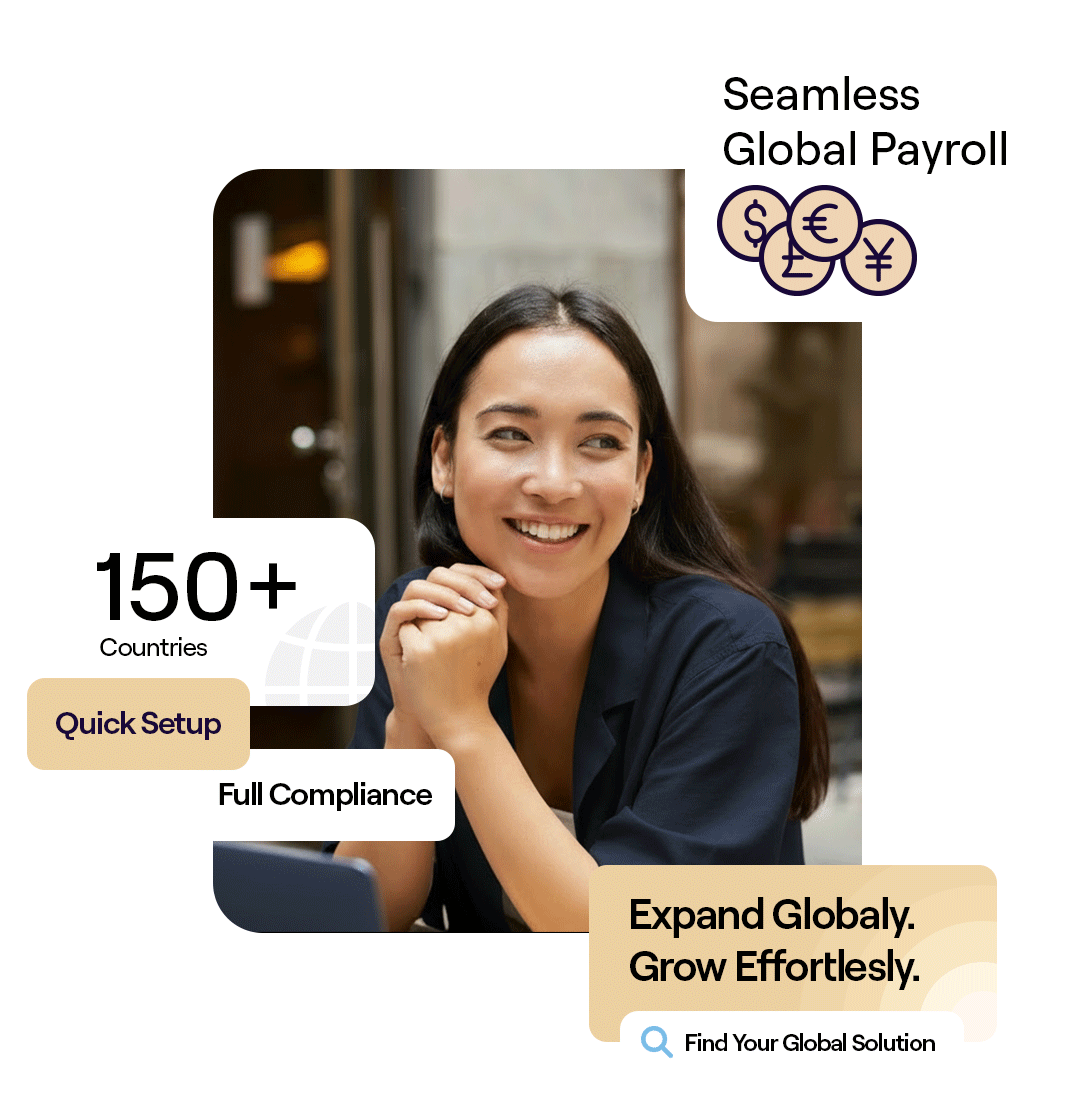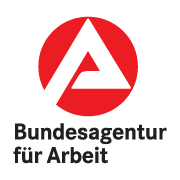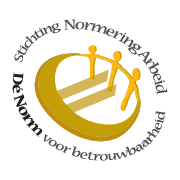Global Teams
In today’s interconnected world, the most forward-thinking companies don’t limit their workforce to one country — they build global teams. These teams often function as a distributed workforce spanning multiple continents, enabling organizations to leverage talent and resources worldwide. These teams combine diverse talent, perspectives, and expertise from across borders to drive innovation and around-the-clock productivity. The international composition of global teams presents unique challenges and opportunities, requiring tailored management strategies compared to standard virtual teams.
Table of Contents
- What is co-employment?
- What are co-employment laws?
- Why is co-employment a risk?
- What are co-employment rules
- Co-employment do’s and don’ts
- How does co-employment work?
- What is the difference between co-employment and joint employment?
- Co-employment vs PEO
- Co-employment vs employee leasing
- Is co-op considered a full-time employee?
- Is it illegal to work for two jobs in the same industry?
- Co-employment examples
- Practical Case Study Example
- PamGro and Co-employment: Your Global Partner
What are Global Teams?
Global teams are groups of professionals working together from multiple countries and time zones toward shared organizational goals. In contrast, co located teams are traditional teams that operate in the same physical location, sharing a single workspace. They’re also known as distributed or cross-border teams. These teams allow companies to access diverse skills, encourage collaboration across cultures, and leverage technology for real-time communication.
The geographic location of each team member is a key factor in managing global teams, as it affects time zone coordination and communication strategies. Unlike remote teams, which may operate within a single country or similar time zones, global teams are dispersed internationally and require additional tools and processes to ensure effective collaboration
What Does Team Global Do?
A “team global” within a company usually manages international operations, strategy, or talent coordination. This can include:
Overseeing regional projects and cross-border teams
Managing global payroll and compliance
Leading international hiring and onboarding
Coordinating product localization or customer support
Such teams serve as the glue connecting offices and employees worldwide. They ensure the business moves in sync across markets, time zones, and regulatory environments — something PamGro helps clients achieve by handling the backend compliance, contracts, and payroll logistics that make global teamwork possible
How to Work Effectively with Global Teams: 7 Ways to Do It Right
Set clear goals – Align every team member around shared organizational objectives.
Leverage technology – Use reliable project management tools and real-time communication platforms, such as video calls and virtual meetings, to stay connected and build camaraderie among team members.
Foster cultural awareness – Understand and respect cultural differences to minimize miscommunication.
Define clear roles – Document responsibilities so there’s no overlap or confusion in distributed teams.
Encourage collaboration – Schedule overlap hours to enable synchronous communication for real-time collaboration, and create open channels for feedback.
Hold regular team meetings – Organize consistent team meetings as essential touchpoints to foster communication, collaboration, and trust, allowing team members to share perspectives, align on goals, and strengthen relationships.
Build accountability – Implement data-driven performance management rather than focusing on hours worked.
Ensure compliance – Work with an EOR partner like PamGro to handle payroll, taxes, and contracts across borders.
Remain adaptable – Stay flexible and responsive to changing circumstances and diverse team needs to ensure successful collaboration and organizational consistency.
Following these principles helps organizations manage global teams with clarity, empathy, and efficiency
How to Build Global Teams That Work
Building effective global teams starts with intentional design. First, define your structure — whether it’s a fully distributed, hybrid, or regional-hub model. Next, identify core competencies your team needs, from technical expertise to cultural adaptability.
A robust technological infrastructure is essential for supporting global collaboration. Use modern project management platforms and project management software such as ClickUp or Asana to streamline workflows, organize global initiatives, and maintain visibility. Leverage collaboration platforms for real-time communication and teamwork, and ensure document sharing capabilities are in place to keep team members aligned, especially when working remotely or asynchronously.
How Do You Handle Work Across Global Teams?
Handling work across time zones and regions requires balance. Establish core overlapping hours so teams can collaborate live while relying on asynchronous communication for the rest. Be mindful of time zone differences, which can make scheduling and real-time collaboration challenging for global teams. Use shared documentation and dashboards for transparency and progress tracking.
Address language and communication barriers early by defining a shared working language and encouraging respectful, inclusive communication. Pay special attention to language differences, as these are a key factor in managing global teams and addressing cultural nuances. Recognize cultural holidays and work habits to build trust and empathy
Global Teams: Trends, Challenges & Solutions
Trends:
The rise of borderless workforces and remote-first models post-pandemic
Growing emphasis on diversity, equity, and inclusion (DEI) in hiring
Increasing adoption of digital project-management tools
The shift toward hybrid work arrangements, which combine remote and on-site work, leading to increased productivity and improved work-life balance
Diverse and collaborative global teams foster innovation, driving creative problem-solving and organizational growth
Challenges:
Communication barriers due to cultural diversity and time zones
Compliance with varying tax and labor regulations
Maintaining engagement and performance across continents
Solutions:
Invest in cultural training and strong communication protocols (Harvard Professional Development)
Use unified digital ecosystems for visibility and collaboration
Partner with EOR providers like PamGro to ensure global compliance, simplify payroll, and accelerate market entry
Global Teams vs. Virtual Teams: What’s the Difference?
While both terms describe distributed work, virtual teams are typically remote groups working within one country or time zone, whereas global teams span multiple nations and cultures.
The key distinction lies in complexity — global teams navigate legal, linguistic, and cultural diversity. To ensure effective collaboration, it is crucial to bring all team members to the same level of proficiency through targeted training programs. Managing them requires structured collaboration, robust communication tools, and international HR expertise — exactly where PamGro’s global employment solutions offer an edge.
Advantages and Disadvantages of Global Teams
Advantages of Global Teams:
Access to a diverse, global talent pool
24/7 productivity through timezone coverage
Cross-cultural innovation and problem-solving
Gain different perspectives from team members with varied backgrounds, fostering effective communication and trust
Cost efficiency via distributed hiring
Disadvantages of Global Teams:
Risk of communication breakdowns
Harder performance management without clear processes
Legal and compliance complexity across borders
By addressing these proactively — especially through reliable collaboration tools and EOR-backed compliance — organizations can enjoy the rewards of global teamwork while minimizing friction.
What are the Types of Global Teams
Functional teams – e.g., global HR, marketing, or IT departments operating across regions
Project-based teams – formed to complete specific international projects
Matrix teams – team members report both regionally and globally
Hub-and-spoke teams – centralized HQ with regional satellite offices
Fully distributed teams – no physical HQ; all employees work remotely across countries
Understanding these models helps determine your hiring, collaboration, and management strategies. Regardless of the type, PamGro can support your team’s compliance and HR infrastructure in every region.
Global Teams Hiring Process
A well-structured global hiring process includes:
Define roles and skills – prioritize adaptability and cross-cultural collaboration.
Source globally – use international job boards and talent networks.
Screen for cultural fit – ensure alignment with company values and communication style.
Offer employment legally – through PamGro’s EOR services, you can extend compliant offers when hiring in other countries and ensure compliance without setting up entities.
Onboard and integrate – provide cultural orientation, shared work norms, and access to collaboration tools, leveraging local expertise to navigate employment challenges and cultural nuances.
Measure success – focus on outcomes tied to organizational goals, not time zones.
This process minimizes hiring risks and ensures compliance while speeding up expansion.
What is an Example of a Global Team?
A European fintech company wants to support clients 24/7. It builds a global team with:
Developers in Poland and Vietnam
Customer success specialists in India and Brazil
Marketing leads in Singapore and London
Instead of registering entities in each country, they partner with PamGro, which employs, pays, and ensures compliance for each regional hire. Within six months, the company achieves global coverage, cuts operating costs by 35%, and scales seamlessly. This example shows how EOR-enabled global teams combine flexibility with compliance and operational efficiency.
Understanding Cultural Differences in Global Teams
Understanding cultural differences is at the heart of building successful global teams. When team members come from different countries and cultural backgrounds, their approaches to communication, problem-solving, and collaboration can vary widely. Team leaders must recognize and respect these cultural norms, values, and beliefs to create an inclusive environment where everyone feels heard and valued.
By fostering cultural diversity and encouraging collaboration, teams can tap into local knowledge and diverse perspectives that drive innovation and open doors to international markets. Establishing clear communication protocols helps bridge gaps and ensures that all team members are on the same page, regardless of their location. Embracing cultural differences not only minimizes misunderstandings but also strengthens the team’s ability to adapt and thrive in a global context.
Practical Example
A fast-growing SaaS firm in the U.S. expanded its product support into Europe and Asia. By partnering with PamGro, it hired engineers in Poland, customer success experts in India, and a localization manager in Singapore — all without setting up entities.
PamGro managed employment contracts, benefits, and tax compliance for each region. Using project-management tools and overlapping work hours, the team achieved a 30% faster response time and a 25% reduction in overhead costs. The company scaled sustainably — proof that global teams can thrive with the right structure and compliance partner.
PamGro: Simplify International Expansion
Building and managing global teams shouldn’t be complicated. With PamGro, you can hire top talent anywhere, stay compliant everywhere, and scale faster — without setting up legal entities. From onboarding to payroll to performance tracking, PamGro helps you create distributed teams that deliver results across borders.
Empower your global workforce — with PamGro as your trusted EOR partner.
Frequently Asked Questions (FAQs)
Not necessarily. Some maintain hybrid models with regional offices and remote members.
Use clear communication protocols, shared project management tools, and regular feedback loops.
Cultural differences, compliance risks, and inconsistent communication.
PamGro handles cross-border payroll, contracts, benefits, and compliance — so you can focus on growth.
Hire the Best Talent, Anywhere






